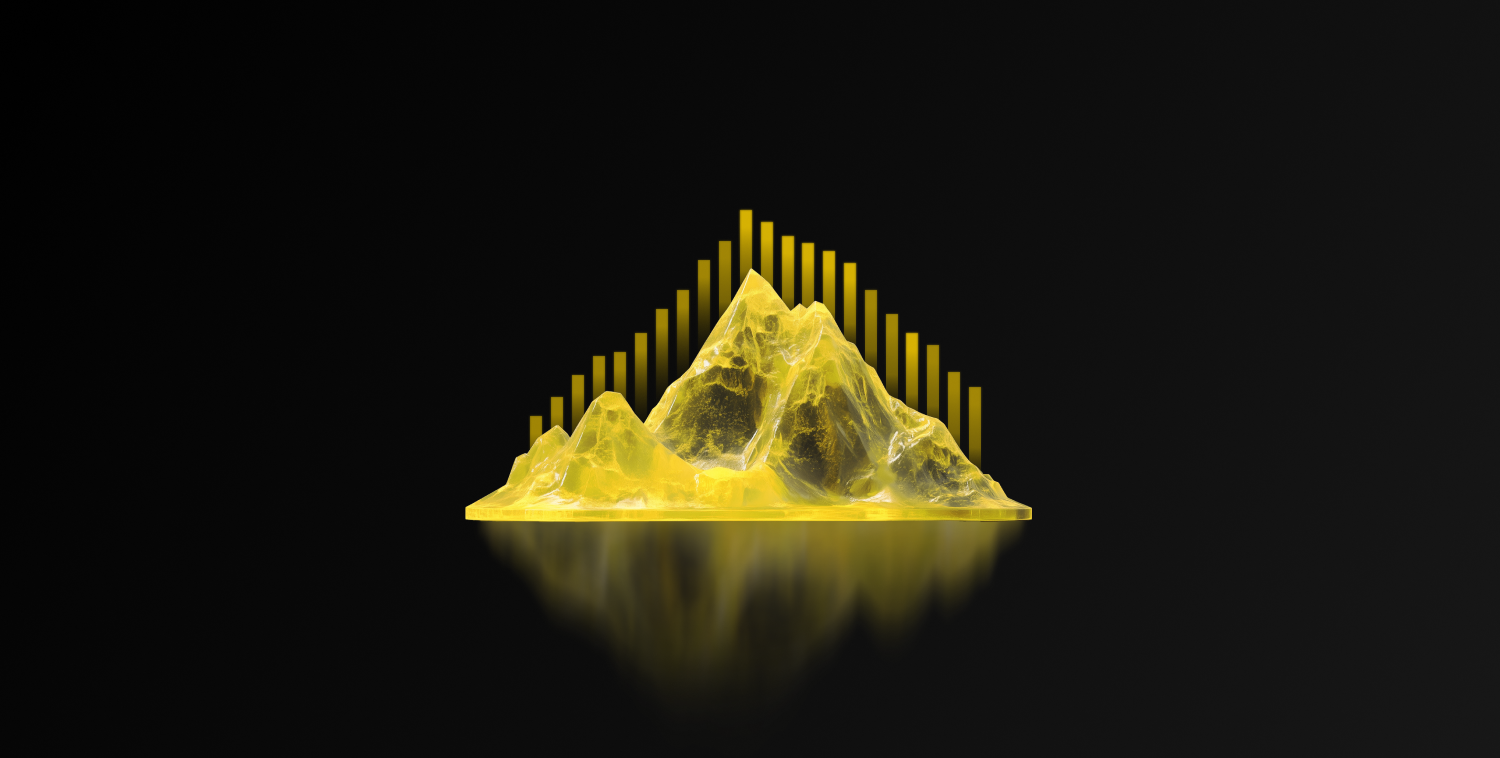What is MiCA and Why is it Important?
The European Union’s Markets in Crypto-Assets (MiCA) regulations establish the first comprehensive legal framework for crypto-assets, bringing long-needed legal certainty to the sector. These regulations aim to reduce risks such as market manipulation and money laundering, while increasing consumer protection and ensuring market stability. In particular, the obligations imposed on stablecoin issuers, such as liquid reserve and redemption rights, stand out as an important step in terms of credibility in the sector.
Major Milestones in MiCA Regulations
June 2023 – MiCA Publication
Published in the Official Journal of the European Union (OJEU) and the regulations become official. This is the starting point of the regulatory framework for the crypto asset market.
July 2023 and October 2023 – Consultation Packages
Two different consultation packages on the implementation of MiCA were published. These packages aimed to make the legislation more inclusive by allowing market participants to share their views on the regulations.
Plans for 2024
Q1 2024
The third consultation package will be published. This will be one of the last steps to further refine the regulations.
June 2024
The sections of MiCA regulating stablecoins and market conduct will enter into force.
December 2024
All MiCA regulations will be fully implemented.
Impact of MiCA Regulations
Impact on Investors
MiCA regulations offer a safer investment environment for individual and institutional investors. While crypto investments are becoming more predictable with reduced legal uncertainties, MiCA-compliant tax incentives in some countries also encourage individual investors. For example, the tax exemption for small-scale trading in the Czech Republic provides an additional advantage for investors.
Crypto Exchanges and Challenges for Businesses
MiCA contains strict regulations that may increase compliance costs for crypto exchanges and businesses. The liquid reserve requirement for stablecoin issuers and strict supervisory conditions may contribute to a more reliable market infrastructure, while increasing operational costs for companies. However, this may lead some international companies to limit their activities in the European market.
Contribution to Europe’s Global Competitiveness
The MiCA regulations aim to increase the European Union’s competitiveness in the global crypto market. Developed to compete with crypto-friendly regions such as Switzerland and the United Arab Emirates, this legislation has the potential to attract new investments to the European market. However, some rules that risk limiting innovation need to be carefully monitored.
Long Term Prospects
The full implementation of MiCA is expected to create a standardized market structure in Europe and focus the industry on long-term growth. However, companies will need to restructure their operations to comply. Despite the increased costs in the short term, a more reliable and stable market infrastructure is expected in the long term.




